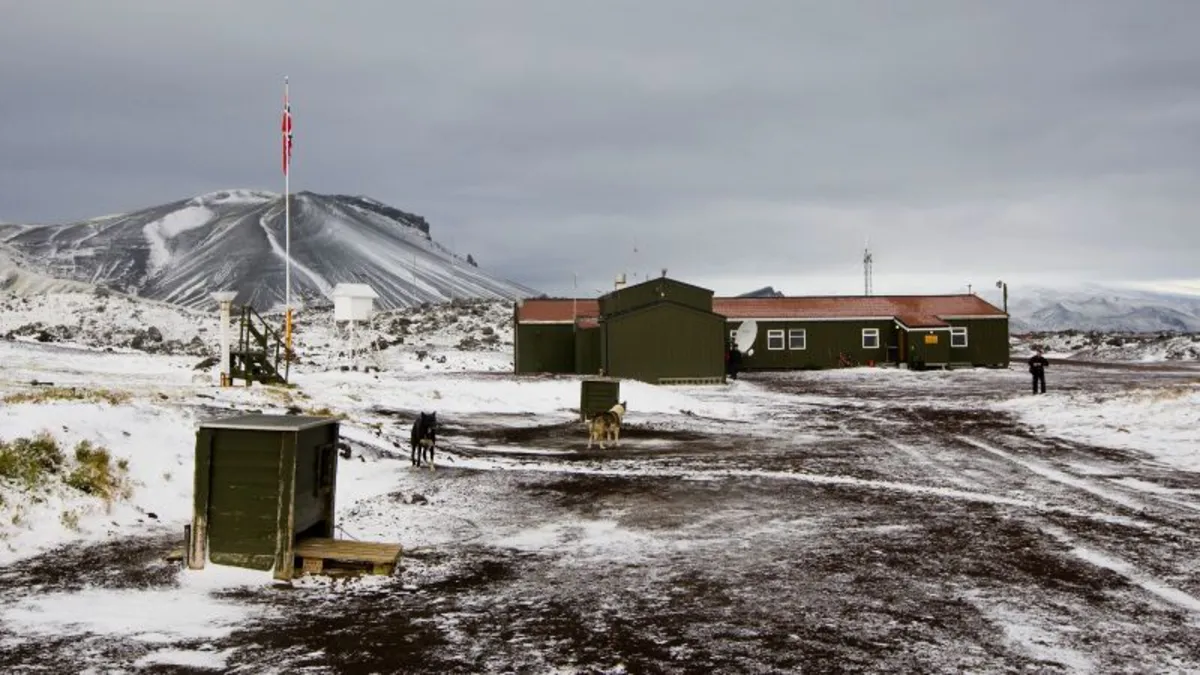
The sweeping tariffs announced by US President Donald Trump on Wednesday have significant implications not only for major economic superpowers but also for small territories with little to no economic activity. A recent White House list reveals that even regions without inhabitants, such as the Heard Island and McDonald Islands, are subject to these tariffs. This peculiar case underscores the broad reach of the tariffs, which include a notable 10% levy on these remote Australian islands located in the southern Indian Ocean.
The CIA World Factbook characterizes the Heard Island and McDonald Islands as “80% ice-covered” and describes Heard Island as “bleak.” These islands, recognized as a UNESCO World Heritage Site, have not seen economic activity since 1877, when the trade in elephant seal oil ceased, leading to the exit of sealers from this desolate region situated along the route from Madagascar to Antarctica.
Another Australian territory affected by the new tariffs is the Cocos Islands, which has a small population of approximately 600 residents. According to the CIA Factbook, 32% of the Cocos Islands’ exports, primarily consisting of ships, are directed towards the US. With the implementation of a 10% tariff, this territory now faces significant economic challenges.
On the opposite side of the globe, the Norwegian island of Jan Mayen, a former whaling station, is also subjected to a 10% tariff. This island is notable for its lack of permanent residents, with only a few military personnel rotating in and out. The CIA Factbook describes Jan Mayen as a “desolate, mountainous” island with no economic activity whatsoever.
Other territories on Trump’s tariff list are not large economic players either. Tokelau, a self-administered territory of New Zealand consisting of three atolls in the South Pacific, has a modest population of around 1,600. Its economy is limited to about $8 million, with exports totaling only around $100,000, according to the CIA Factbook. This territory now faces the same 10% tariff as others.
One enclave significantly impacted by Trump’s tariffs is Saint Pierre and Miquelon, a French territory comprising eight small islands near Newfoundland, Canada. With a population of about 5,000, it represents the last remnant of France's vast North American possessions. The CIA Factbook notes that its exports, primarily consisting of processed crustaceans and shellfish, are now subject to a staggering 50% tariff—far exceeding the 20% tariff imposed on France as part of the European Union.
Similarly, the only region facing tariffs as high as those imposed on Saint Pierre and Miquelon is Lesotho, a landlocked country of 2.2 million people entirely surrounded by South Africa. Lesotho exports 20% of its $900 million annual revenue, which includes diamonds, garments, wool, and more, to the US. The introduction of a 50% tariff will undoubtedly have severe repercussions for its economy.
In some instances, the Trump administration's tariffs target regions of strategic importance to US national security. The British Indian Ocean Territory, for example, is subject to a 10% tariff. This territory is home to approximately 3,000 British and American military personnel stationed at the Diego Garcia airbase. While the CIA Factbook lists fish as a major export, the specifics of fishing operations and market demand remain unclear.
The Marshall Islands, a group of 34 atolls and islands in the North Pacific, also play a vital role in US military strategy. With a population of around 82,000, the islands host the US Army Garrison Kwajalein, which is essential for ballistic missile testing and tracking. Under a Compact of Free Association, the US is responsible for the defense of the Marshall Islands, which reportedly has exports nearing $130 million a year. However, with a 10% tariff now in place, the economic implications are yet to unfold.